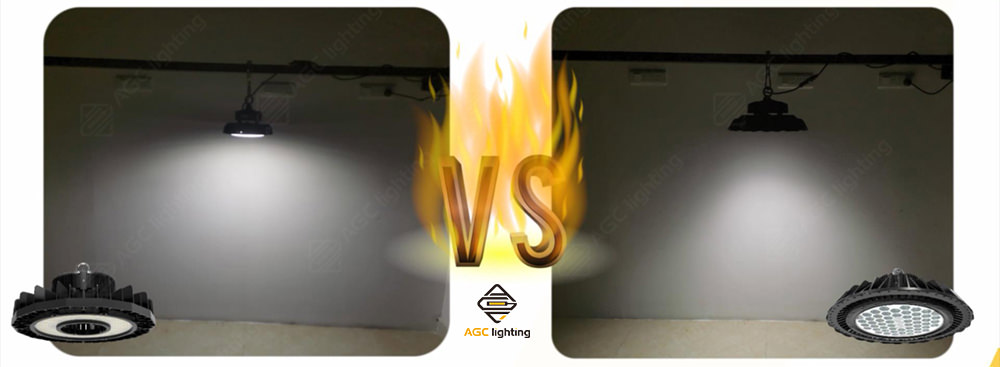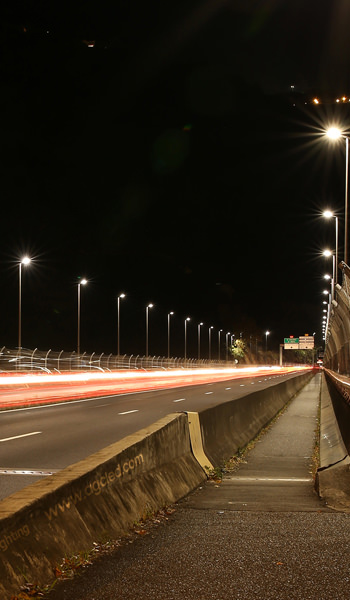The advanced LED lighting brights the dark with lower energy consumption. But the glare represents particular challenges to human health and well-being. The increasing attention to comfortable and human-centric lighting creates a new set of requirements for the design and configuration of LED lighting fixtures. LED lighting manufacturers then develop low UGR LED lights to protect people from glare. These low UGR LED lights are equipped with secondary optics, such as reflectors and lens to reduce glare. You may be unfamiliar with glare and reflectors. This article will explain glare and reflectors, as well as how LED reflectors reduce glare.

What is glare
Glare refers to the visual conditions that cause visual discomfort and reduce the visibility of objects due to unsuitable brightness distribution in the field of view, or extreme brightness contrast in space or time. There is a sense of light in the visual field that the human eye cannot adapt to, which may cause disgust, discomfort, or even a loss of clarity.
Glare is divided into discomfort glare and disability glare. Disability glare is a type of glare that reduces visual effect and visibility and is commonly associated with discomfort. Discomfort glare is often caused by improper lighting distribution or over brightness light source in the visual field.
To create a better lighting environment and protect human health, CIE launched the UGR (Unified Glare Rating) as the measurement of the glare from all visible luminaires indoors. UGR is not a mandatory regulation, but an industry standard. UGR values range from 19 to 22, which is endurable for most people, while 16 to 19 is acceptable in the workplace and classroom. Thus, “UGR<19” becomes the selling point of low-glare LED products.
Get Low UGR High Bay Light Solution
What are reflectors for LED lighting
A reflector is an essential optical part of LED lights that regulates luminous flux from the light source by reflection. LED reflectors will alter the beam of light coming from the LED source and diffuse, direct or even sharp light patterns. Reflectors are divided into conic reflectors (including elliptical, zonal, hyperbolic, and parabolic), and non-conic reflectors (such as square and other asymmetric ones).

Reflectors can be found in sport lighting, bollards, downlights, streetlights, and other applications. Depending on the environments and lighting requirements, reflectors will perform the functions of light diffusion, glare suppression, UV/IR absorption, heat management, aesthetic, protection of the light source, electrical shadings and energy efficiency. To realize different functions, reflectors are made of different materials. There is a short table about materials of reflectors.
|
Material |
Description |
|
PMMA |
Clear plastic, sometimes known as acrylic. PMMA is a cost-effective material. |
|
PC (Polycarbonate) |
Temperature and impact resistant plastic. It also offers great optical characteristics. |
|
HRPC |
Hyper Reflective PC is used in reflectors and is often white. It has strong reflective qualities. |
|
Aluminium Coated |
Common in reflectors, aluminium gives a silver finish and helps with reflection of the light. |
How LED reflectors reduce glare
Let’s get back to the cause of the glare. Glare is caused by an unsuitable brightness distribution in the field of view or an extreme brightness contrast in space.
Therefore, ways to reduce glare are as followed:
- Alter the beam angle; limit light intensity above potential glare angles.
- Reduce visibility, shading and shielding light sources.
- Decrease brightness contrast, creating ambient light.
- Reduce light output; avoid excessive lighting.
Although reducing light output directly can reduce glare, it may not provide sufficient lighting for some applications. It might require adding more lighting fixtures and increasing costs. Implementing LED reflectors into luminaires is one of the most effective ways to account for glare. Reflectors can alter beam angles, shielding light sources, and decrease brightness contrast. First of all, reflectors are the light shielding of luminaires, also known as light cutoff. This will limit the emission angle and guide the spill light to follow the intended lighting distribution. Then, reflectors can direct the light and create desired beam patterns. This avoids the potential glare at certain beam angles. Lastly, reflectors let LEDs create a diffuse, soft, and wide illumination. This reduces brightness contrast, and allows the eye to adapt to brightness more easily.
As shown in the following pictures, adding reflectors to LED fixtures can reduce glare effectively without compromising lighting performance.


For more details, you can check out the video.
AGC always focuses on offering a better lighting effect to our clients. We provide low UGR lighting solutions to eliminate glare. Don’t hesitate to contact us for low glare lighting solutions.












